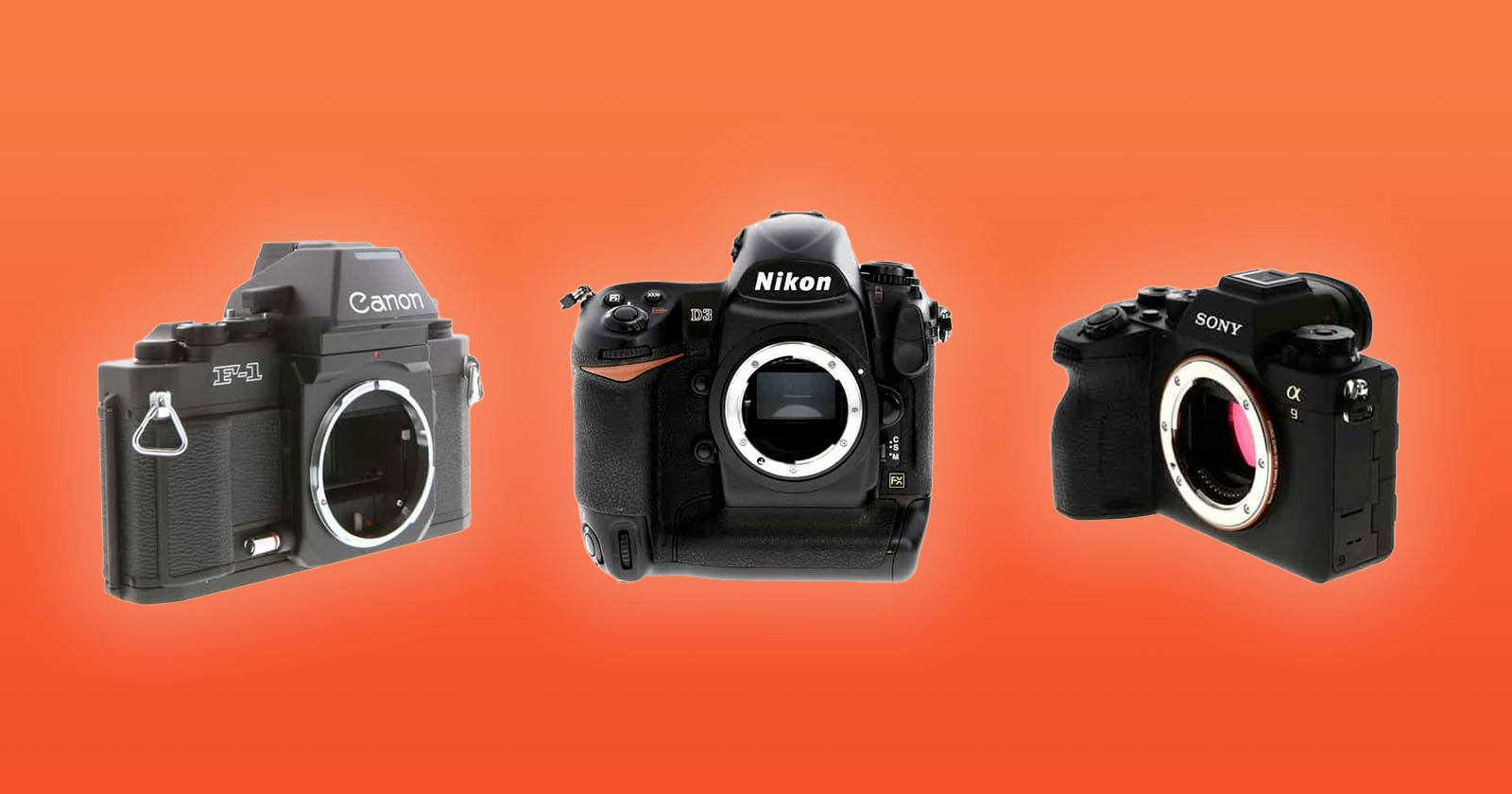
[ad_1]
![]()
June 29 is National Camera Day. To mark the occasion, PetaPixel chatted with KEH’s CEO Noah Treshnell, and the company’s Head of Photography, Ken Hamlett.
Coincidentally, KEH is not only in the National Camera Day spirit, but the company is also in the midst of its 45th-anniversary celebration, which comes with a 20% sale on select photo equipment.
Digital Photography Owes a Great Debt to the CCD Sensor
45 years is a long time, and photography has changed immensely. Although digital cameras seem like a relatively modern innovation, like something that would have happened during KEH’s history, digital photography is actually more than 50 years old.
Ken Hamlett points toward the development of Charge Coupled Devices (CCDs) in 1969 as a significant milestone for photography.
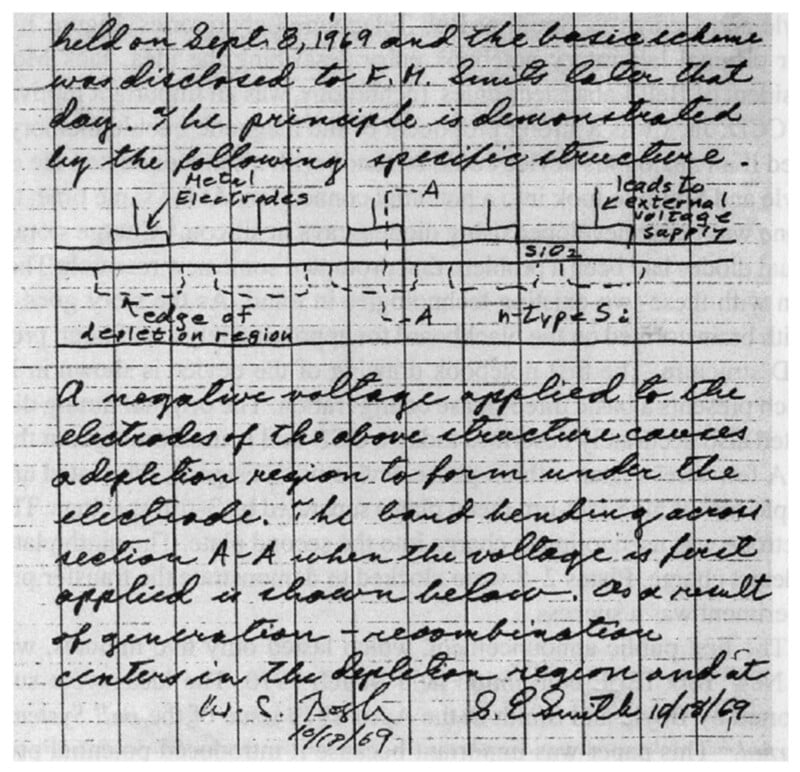
“There have been so many meaningful innovations, but one stands out. We must acknowledge the development of Charge Coupled Devices (CCDs) in 1969, with the first self-contained digital camera coming out in 1975,” Hamlett tells PetaPixel. “Those first electronic imaging sensors paved the way for the digital imaging revolution of the future we’re now living in. As a result, CCDs opened photography up to anyone in the world. It is no longer ‘magic’ to be able to pick up a camera and take amazing photos.”
KEH’s Head of Photography Picks His All-Time Favorite Camera
While Hamlett knows today’s photographers owe a great deal to the advent of digital image sensor technology, his favorite camera is not a digital one but the Nikon F3 HP.
“My favorite camera of all time is hands down, the Nikon F3 HP. It was the first professional-grade camera I owned,” Hamlett recalls.
His story also points toward the value of used camera equipment and how it makes photography more accessible.
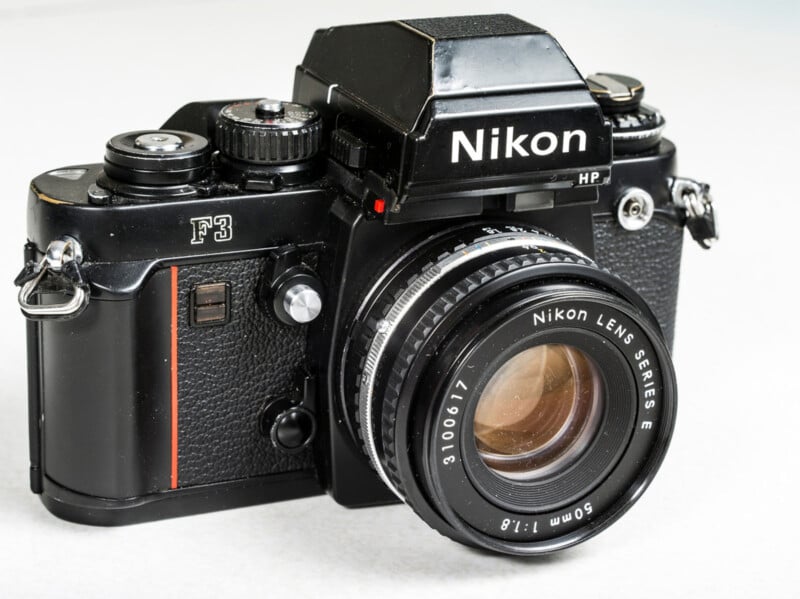
“When this camera came out in the 1980s, I couldn’t afford a new one, but luckily, I worked in a camera store, and someone came in to sell theirs, and I immediately bought it,” says Hamlett, citing the F3 as the camera that inspired him to shoot more photos.
“I took it everywhere and created some beautiful images with that camera. I still have an F3 in my collection because that camera represented my transition from amateur to professional working photographer.”
Trends in 2024: Fujifilm is Buzzing and Photographers Upgrade to Mirrorless (But DSLRs Aren’t Dead)
Looking toward the modern era, Hamlett and the rest of the KEH team have their finger on the pulse of the industry. They buy and sell used gear, like cameras and lenses, and they also sell new cameras, which some photographers “trade up” to.
“Fujifilm is having a really great year with a ton of ‘buzz;’ they might be the most discussed brand in photography right now,” Hamlett says.
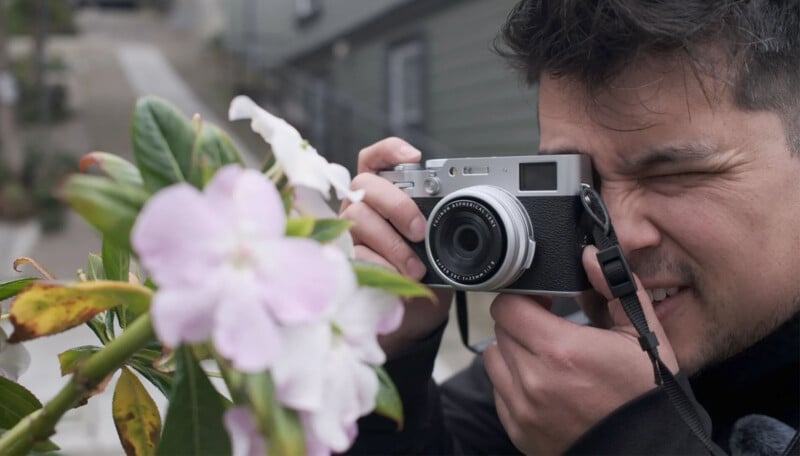
He notes that there is significant interest in mirrorless cameras overall, with many photographers trading in older gear to upgrade to a mirrorless system across all brands. However, that doesn’t mean the day of the DSLR is over, even if the Sun is setting on the venerable camera tech.
“Good DSLR gear remains right up there in popularity, probably due to a combination of aesthetics and value,” Hamlett says.
As PetaPixel readers know full well, film is still popular, too, with analog photography experiencing a significant resurgence. KEH sees this, too, with classic manual focus 35mm SLR cameras proving very popular.
Used Gear Reduces Photography’s Barrier to Entry
There’s a bit of a trend here, as the most popular gear is, perhaps unsurprisingly, the most affordable. Photography is an expensive hobby, and new cameras and lenses cost an awful lot of money.
“We appreciate our unique position as the pioneer and leader in pre-owned camera gear, and we are driven to support the photography community in everything we do. Photography can be an expensive pursuit, and for many, the cost of brand-new equipment can be a significant barrier,” says Noah Treshnell, KEH’s CEO. “By offering pre-owned gear, we lower this barrier, making top-of-the-line gear accessible to photographers of every skill level. Inclusivity and democratizing the craft are central to our mission.”
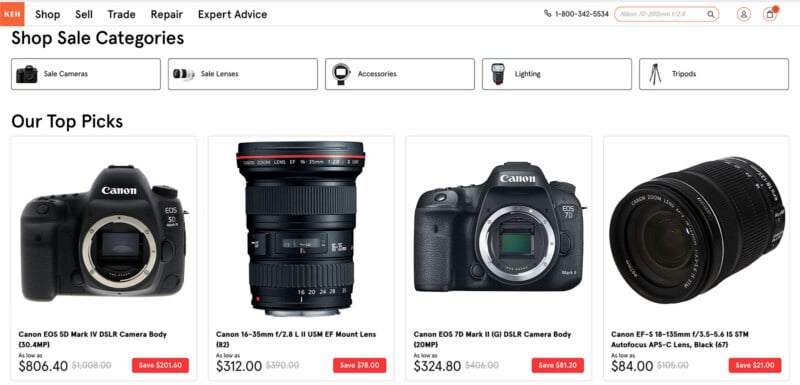
Treshnell also points toward KEH’s role across all parts of a photographer’s journey, including repairing equipment to make sure photographers can continue shooting, even if something breaks.
“On a daily basis, the KEH team is hard at work repairing cameras and lenses for our customers. The nostalgia and connection that photographers have with their gear is a real thing, and we have the expertise to repair and recondition their gear so it can be used as it was intended and doesn’t end up sitting on a shelf,” Treshnell says.
‘The Essence of Photography Lies in its Experiential Nature’
On National Camera Day, it’s also an excellent opportunity to revisit how valuable a real camera is. These days, people can “create photos” by throwing text prompts into an AI image generator. But that misses so much of what makes photography so appealing. There is no substitute for the experience of using a camera to capture what matters most.
“The essence of photography lies in its experiential nature,” Treshnell says. “The process of capturing a moment, composing a shot, and mastering the technical aspects of a camera requires a level of creativity, skill, and personal engagement that AI cannot replicate.”
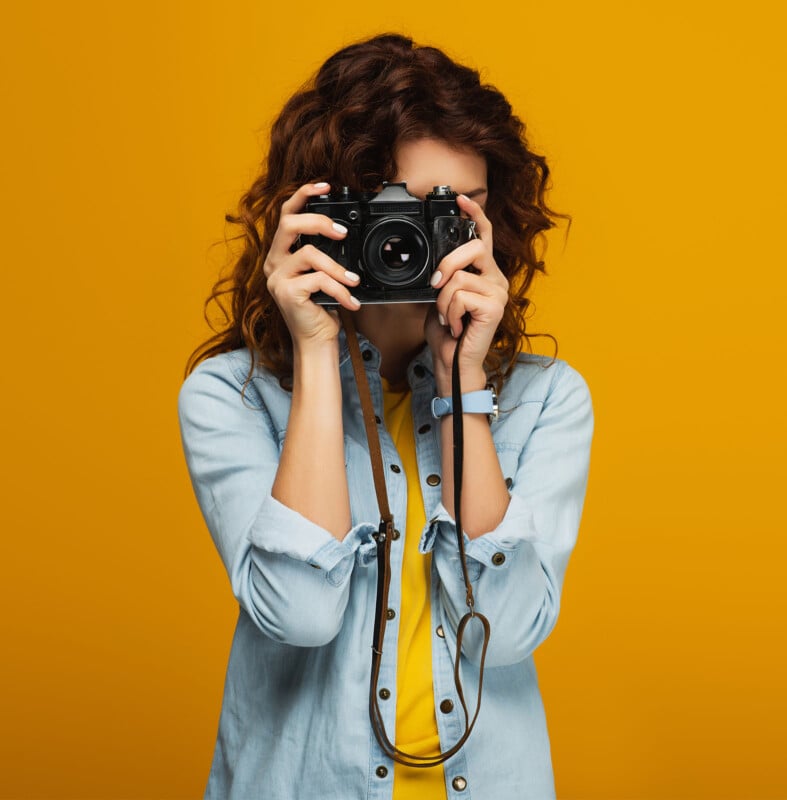
“Photographers connect with their subjects, whether they are landscapes, portraits, or candid street scenes, in a way that is deeply personal and emotionally resonant. Additionally, AI essentially ‘scrapes’ existing content and photos on the Internet and in many ways, makes new and original photography more relevant than ever,” Treshnell continues.
As Treshnell says, the future of photography will be “a blend of tradition and innovation.”
“The core of photography — the passion for capturing real moments, the thrill of the chase, and the satisfaction of creating something truly unique — will always keep people interested in taking photos for themselves,” he concludes.
[ad_2]